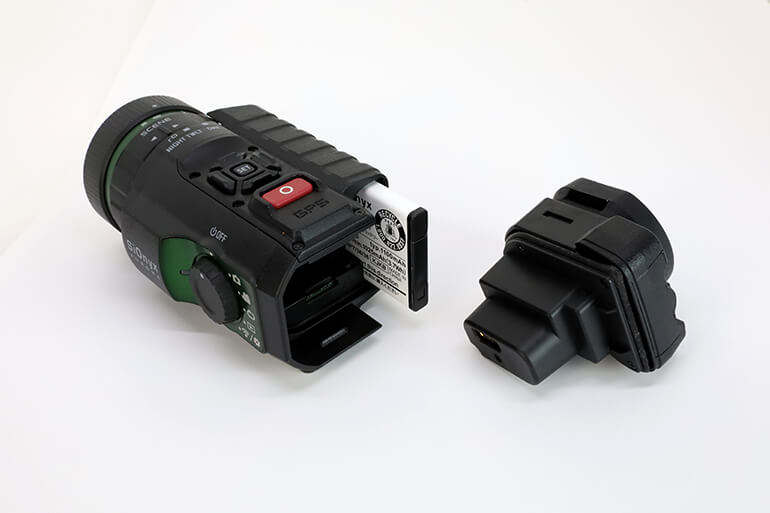In a world that doesn’t sleep, the ability to peer through the darkness is a necessity for many—from wildlife researchers to security professionals. Night vision camera technology has been on a relentless march forward, with innovations that have drastically improved the ability to capture clear images in low light conditions. This article explores the cutting-edge advancements that are defining the future of nocturnal surveillance and photography, delving into how these changes impact various sectors and the everyday user.
Enhanced Imaging with Advanced Sensors
Low-Light Performance Breakthroughs
The heart of any night vision camera is its sensor. Modern sensors have seen significant advancements, allowing cameras to detect even the most minute light particles. These high-performance sensors amplify available light to present a clear and detailed image where older models would show only grainy and indecipherable footage. Such sensitivity not only provides better image quality but also lengthens the effective range of night vision, expanding the scope of what we can capture in almost complete darkness.
Smart Cameras with Adaptive IR Illumination
Infrared (IR) illumination has long been a staple of night vision technology, providing a light source beyond the visible spectrum for the camera to use. However, standard IR can sometimes lead to overexposure or limit visibility. Smart adaptive IR technology auto-adjusts the intensity of the IR LEDs based on the subject’s distance from the camera, preventing whiteout effects and ensuring optimal exposure. This results in clearer, more usable footage, which is crucial for applications such as recognizing faces or license plates in security footage.
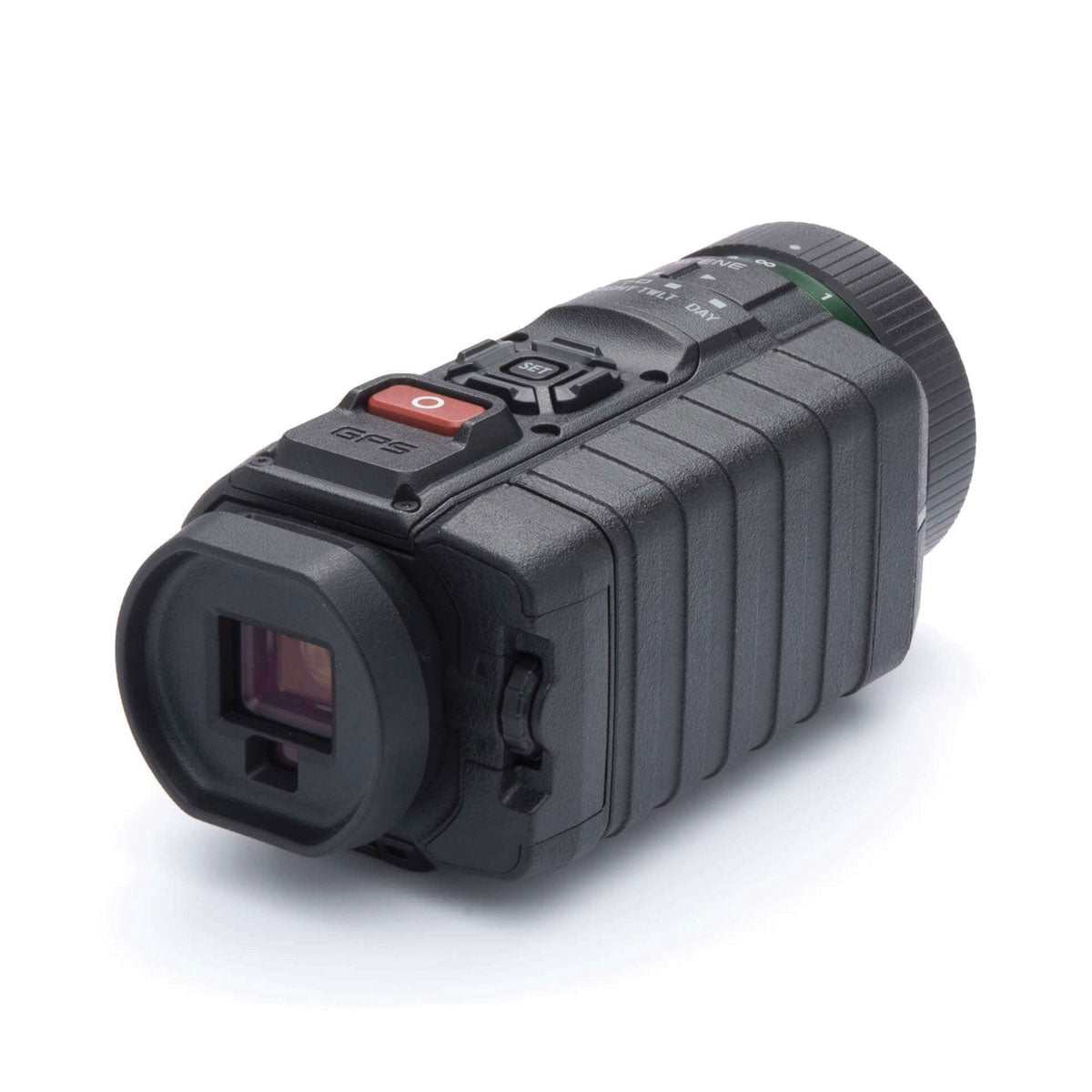
Power Efficiency and Enhanced Portability
Battery Life Optimization in Wireless Cameras
Wireless night vision cameras now encapsulate not just improved visual capabilities but also more efficient power usage. With enhanced battery life, these cameras can function for prolonged periods without the need for constant recharging or maintenance, making them ideal for remote and outdoor applications. As wireless technology becomes even more reliable, the ease of installing and relocating these cameras without worrying about power sources drastically simplifies their use in varied conditions.
Lightweight and Mobile Solutions for Field Use
Advancements in material science and miniaturization have made night vision cameras more portable than ever. This portability is essential for fieldwork, allowing researchers and security personnel to deploy cameras quickly and discreetly when and where they are needed. Smaller, lighter cameras that do not compromise on functionality are revolutionizing how we approach surveillance, wildlife monitoring, and even recreational activities like night-time photography.
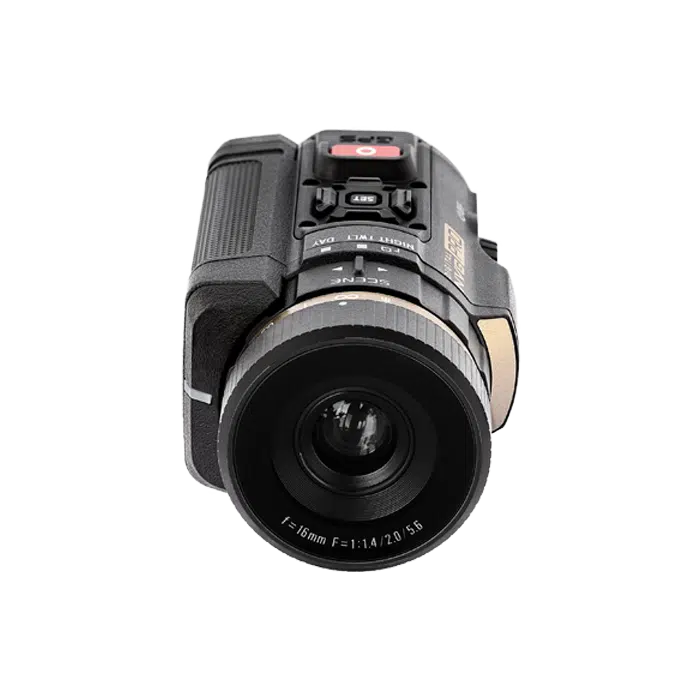
User-Friendly Interfaces and Connectivity
Seamless Integration with Smart Devices
Gone are the days of complex control panels and hard-to-navigate interfaces for night vision cameras. Modern devices often come with intuitive user interfaces and seamless connectivity to smartphones and tablets. This integration allows for straightforward control over camera settings and quick viewing of footage. Users can receive instant alerts, stream video in real-time, and even control camera positioning remotely, which enhances usability for both professional and personal applications.
Cloud Storage and Accessibility of Footage
The rise of cloud technology has touched night vision cameras as well. Users can now store footage in the cloud, making it accessible from anywhere at any time. This eliminates the need for bulky on-site storage solutions and ensures that important footage is backed up and secure. Whether for home security systems or wildlife studies, the ease with which footage can be reviewed and shared is a game-changer, offering enhanced flexibility and peace of mind.
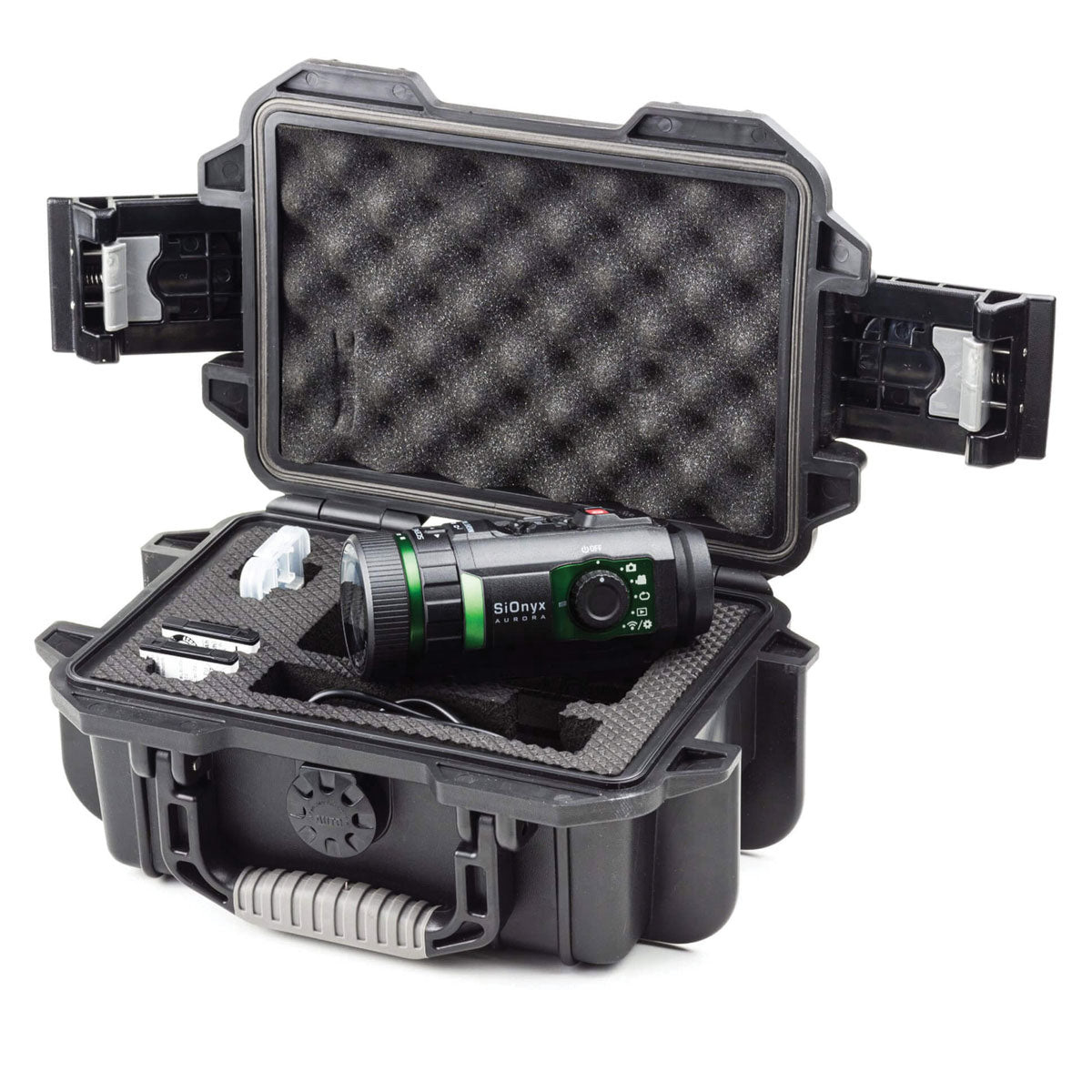
Cross-Industry Impacts of Night Vision Innovations
Advancing Security and Law Enforcement Capabilities
The latest night vision technologies provide law enforcement with tools for better surveillance, evidence gathering, and situational awareness without being intrusive or noticeable. Enhanced clarity and detail in low-light conditions mean officers can more accurately assess situations and respond to potential threats, making operations safer and more effective. In the realm of home security, these advancements offer homeowners high-quality surveillance round the clock, deterring crime and helping to identify unwelcome visitors.
Transforming Wildlife Research and Environment Monitoring
For environmentalists and wildlife researchers, the ability to see in the dark has opened doors to new discoveries and data collection methods. The improved night vision capabilities allow for the observation of nocturnal animal behavior without disturbing the subjects with visible light, leading to more accurate studies and better understanding of ecosystems. The data collected is critical in making informed decisions regarding conservation efforts and understanding our planet’s biodiversity.
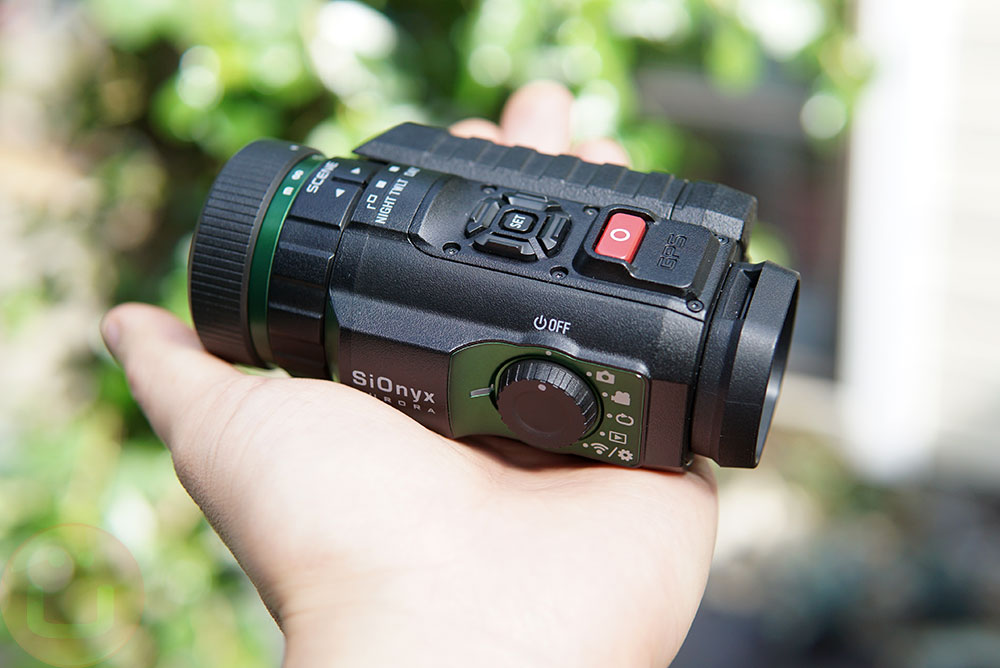
Advanced Night Vision in Automotive Safety
Enhanced Driver Awareness After Dark
Automotive safety technology has significantly advanced through the integration of high-resolution night vision systems. These systems promise a safer driving experience after sunset. Advanced cameras can detect pedestrians, animals, and obstacles beyond the range of traditional headlights. They feed visual data directly to in-car displays or head-up projections. Increased situational awareness alerts drivers to potential hazards much earlier. This provides critical extra seconds for reaction. As a result, it potentially prevents accidents in low-visibility conditions.
The surge of autonomous vehicle development brings another level of relevance to night vision technology. Self-driving cars rely on a suite of sensors to understand and navigate their environment, and night vision cameras are an integral part of this array. They enable the vehicle’s artificial intelligence to make informed decisions in the dark, just as it would during the day, ensuring consistent performance regardless of the time. The ability to see clearer and farther at night not only boosts safety but also pushes closer to full autonomy around the clock.
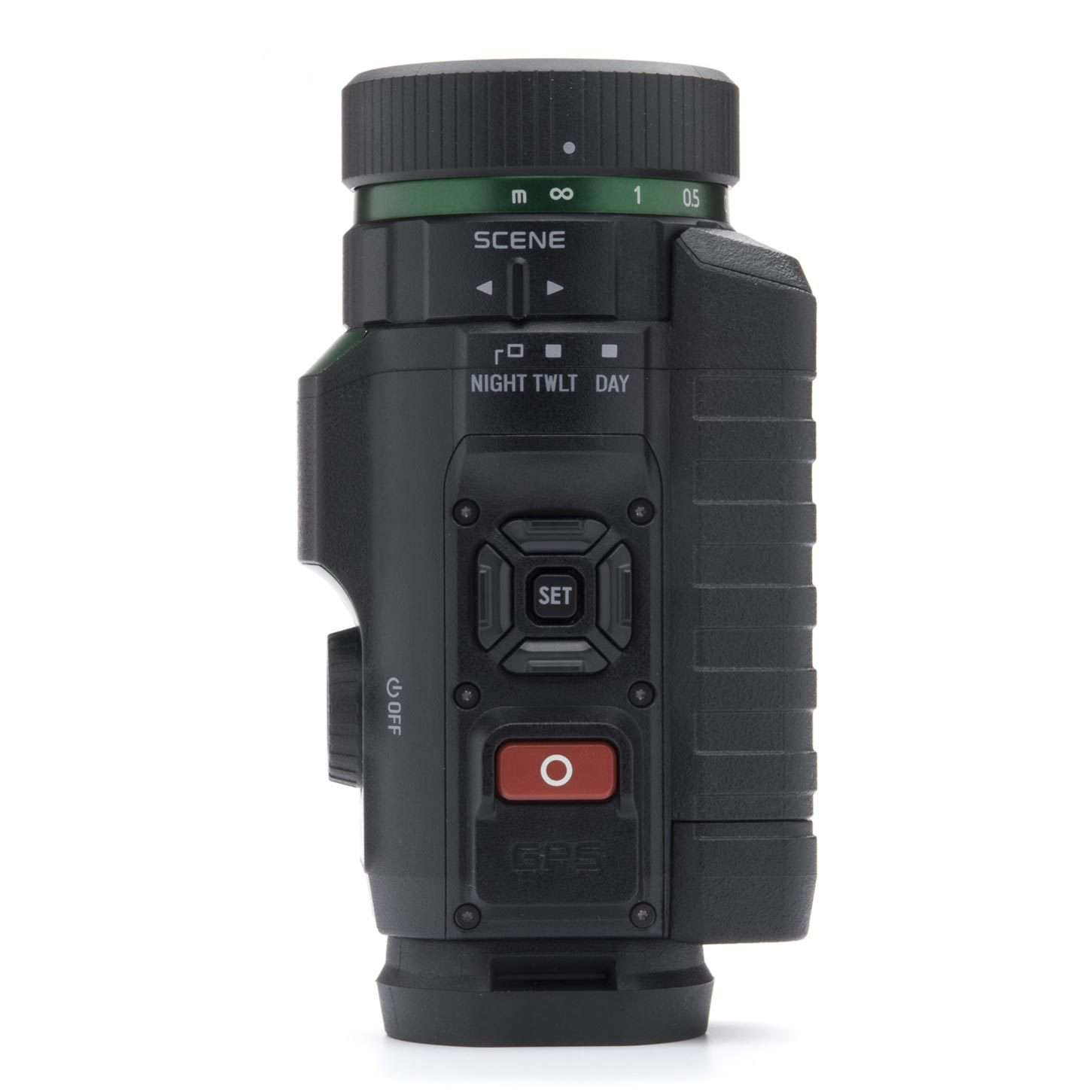
Innovating Public Health and Emergency Response
Thermal Imaging in Disease Control and Management
Innovations in night vision technology extend beyond simple visibility in darkness. Thermal imaging cameras now serve an unexpected role in public health. This role is especially significant in the wake of global health threats. These cameras can detect elevated body temperatures from a distance. This enables non-invasive screening of individuals in airports and public gatherings. Such capability is invaluable for early detection and response in disease containment efforts. This illustrates the versatile applications of advanced night vision systems.
Night vision camera technology is redefining the boundaries of visibility in low-light conditions. It serves as an essential tool across numerous sectors. The latest advancements offer unparalleled image quality, usability, and connectivity to these devices. These improvements show the ongoing quest of human ingenuity to see the unseen. Night vision technology provides high-level security. It also enables groundbreaking ecological research. Innovations in night vision are lighting the way to a safer, more informed world. They allow us to witness and protect hidden nocturnal activities that occur under the cover of darkness.
